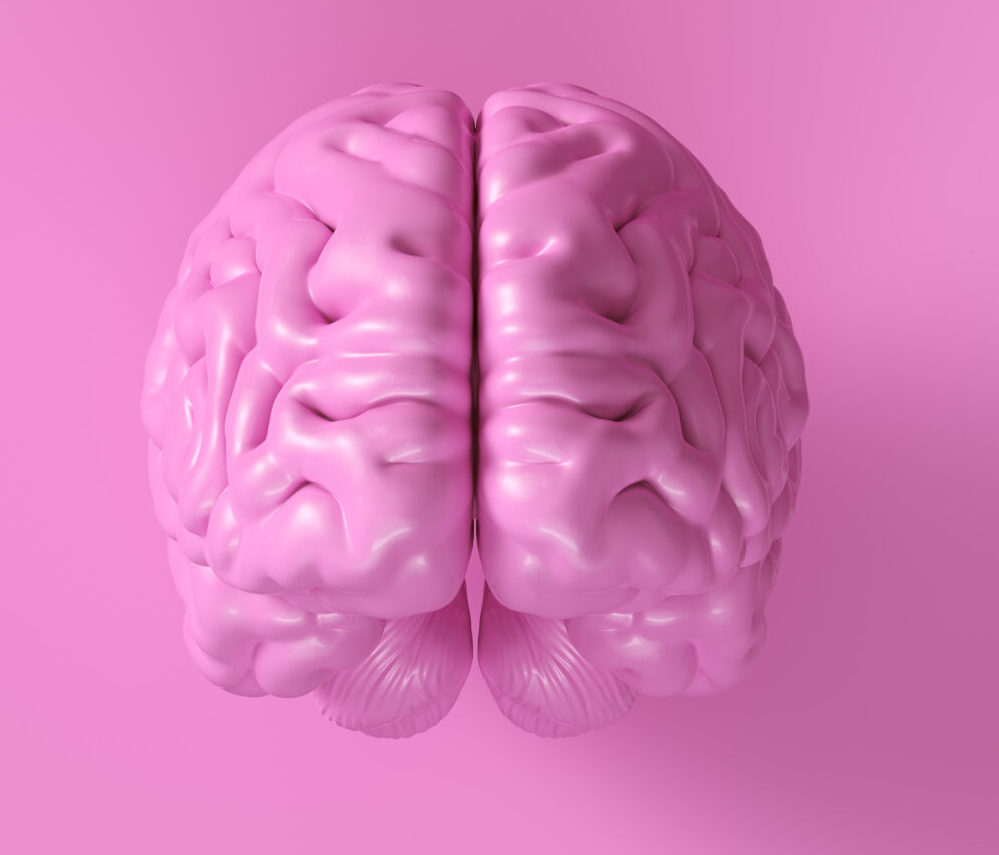White Matter Lesions Unveiled: The Invisible Crisis Threatening Your Memory
White matter lesions are a common yet often misunderstood condition affecting millions worldwide. These lesions appear as bright spots on brain scans, particularly in the white matter, which is crucial for transmitting signals between different brain regions. Despite their prevalence, white matter lesions remain an invisible crisis, impacting memory and cognitive functions without clear symptoms until it’s too late.
### What Are White Matter Lesions?
White matter lesions, also known as white matter hyperintensities, are areas of damage in the brain’s white matter. They are visible on MRI scans, especially on T2-weighted images, and are more common with age. These lesions can result from various factors, including ischemia (reduced blood flow), inflammation, and damage to small blood vessels. They are often associated with conditions like hypertension, diabetes, and Alzheimer’s disease.
### Causes and Risks
The causes of white matter lesions are multifaceted. They can arise from small vessel disease, which affects the tiny blood vessels in the brain, leading to reduced blood flow and oxygen delivery. Other factors include high blood pressure, diabetes, and lifestyle choices such as smoking. These conditions can weaken the blood-brain barrier, allowing harmful substances to enter the brain and cause damage.
### Impact on Memory and Cognitive Function
White matter lesions can significantly impact cognitive functions, including memory. They disrupt the normal flow of signals between brain cells, leading to difficulties in processing information and recalling memories. In severe cases, these lesions are linked to dementia, depression, and increased risk of falls. The presence of these lesions can also slow cognitive processes and impair frontal skills, affecting decision-making and problem-solving abilities.
### Detection and Diagnosis
Detecting white matter lesions early is crucial for managing their impact. MRI scans are the most effective tool for identifying these lesions, as they provide detailed images of the brain’s white matter. While many people with white matter lesions may not show immediate symptoms, regular brain scans can help monitor their progression and guide treatment.
### Prevention and Management
Preventing white matter lesions involves addressing underlying health conditions. Managing hypertension and diabetes through lifestyle changes and medication can reduce the risk of developing these lesions. Additionally, maintaining a healthy lifestyle, including regular exercise and a balanced diet, can support overall brain health.
In conclusion, white matter lesions are a silent threat to our cognitive well-being. Understanding their causes, risks, and impact on memory is essential for early detection and management. By taking proactive steps to maintain brain health, we can mitigate the effects of these invisible lesions and preserve our cognitive functions for years to come.

